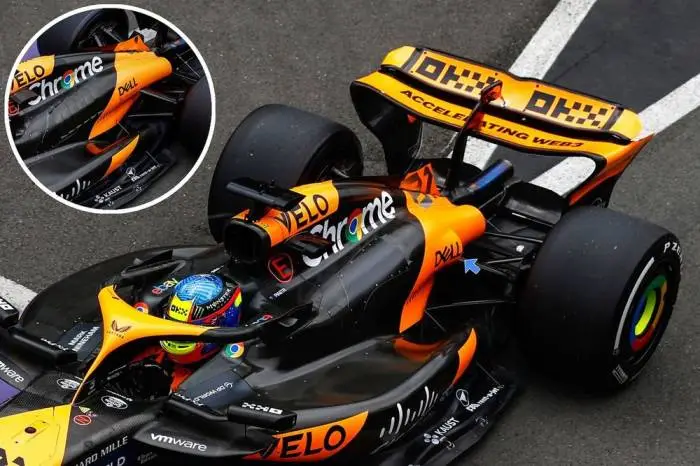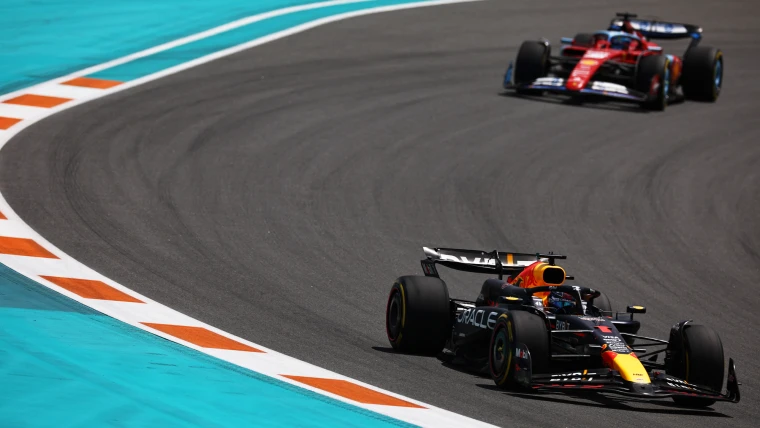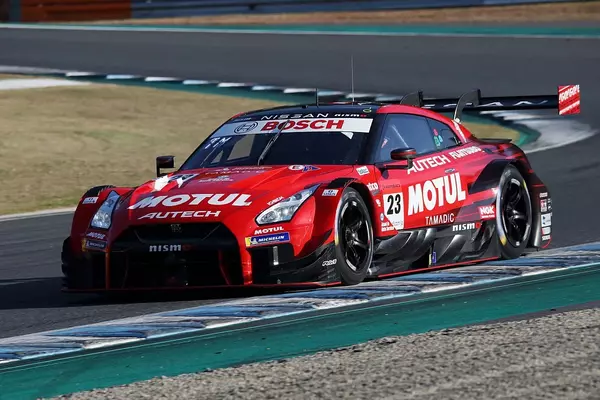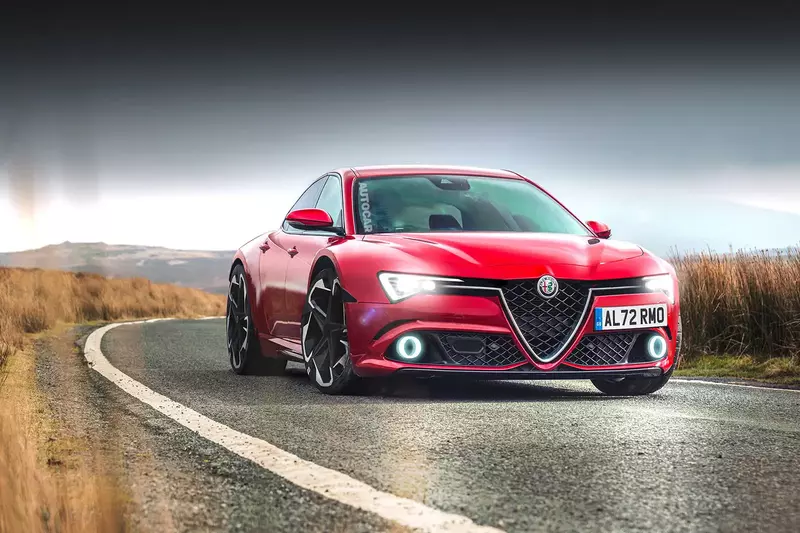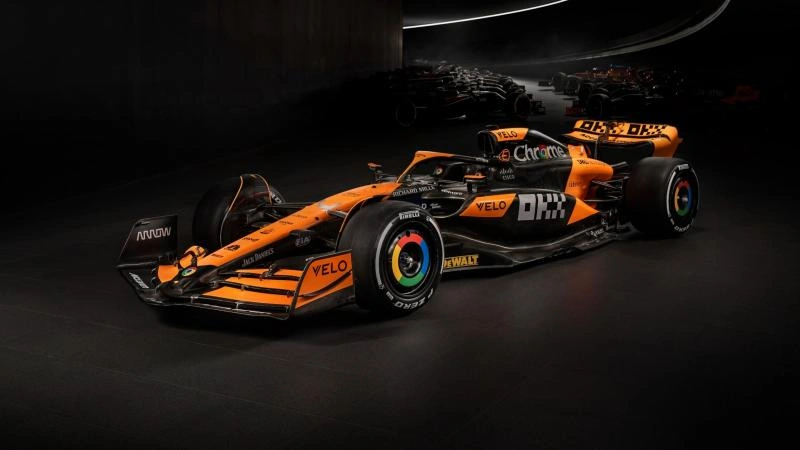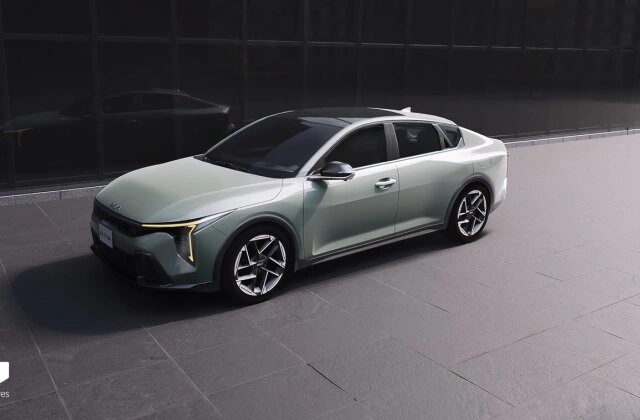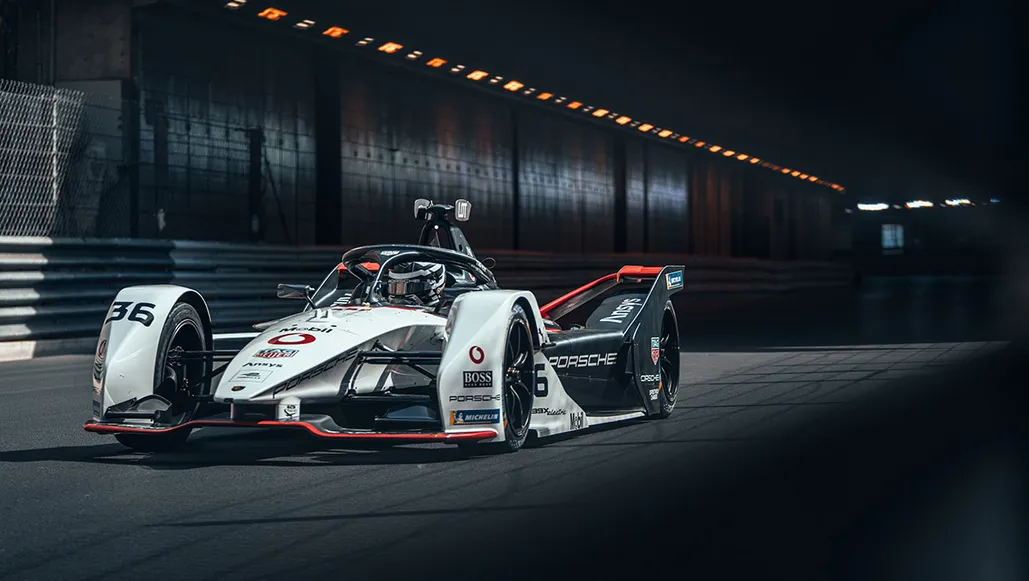McLaren is keeping up its F1 upgrade drive with additional rear-wing alternatives debuting at the British Grand Prix
McLaren continued to increase the pressure on Red Bull at Formula 1’s British Grand Prix as it came with a revised reduced downforce rear wing assembly to enhance the MCL38’s max speed.
The team also had three different beam wing specs on hand, as it tried to strike the ideal balance between downforce and drag reduction for the course and the circumstances.
The redesigned rear wing continues to use the same DNA as the other downforce alternatives that the team has as its available options, but with a mainplane and top flap that take up significantly less of the usable box region permissible under the regulations.
Notably, the center area of the wing is flatter for longer but also has a considerably less severe taper as it reaches the endplate, where the corner radius is likewise less tightly coiled as a result.
To match the trailing edge of the mainplane, the upper flap’s design is likewise less twisted over its span and has a half-moon notch in the middle of the trailing edge, rather than the v-shaped option featured on the other rear wing alternatives.
The tip part of the wing has also been changed, as the furthest trailing edge piece has been cut, taking a triangular section of material away. This will adjust the behaviour of the tip vortex, in so that it falls in line with the alterations made to the surrounding surfaces (red arrow).
The team also used a revised rear engine cover and cooling system at Silverstone, with a flared aperture utilized to assist reject heat, rather than having the upper cooling louvres exposed.
However, after trialling the solution it elected to bench it for the remainder of the weekend, with it likely to feature in some of the following races when both could be needed to reject the heat being created.
Mercedes Chasing Greater Gains

Mercedes, which has also been on an increasing trend of late, chose a similar strategy to McLaren for the British Grand Prix, as it had reduced front and rear wings on hand to compensate for the obstacles given by the Silverstone course.
But, rather than concentrating on cooling solutions for its engine cover, it made minor tweaks to the front and rear brake ducts instead.
The revised layout at the front of the car revolves upon the size and form of the intake, with a smaller variation chosen at Silverstone.
This was in order to enhance aerodynamic efficiency, as there’s less cooling necessary given the temperatures and high-speed characteristics of the course.
The inlet used at Silverstone (above right) tapers further at the lower end than its counterpart, whereas the interior baffles used to control the airflow once within the intake are also different.
Read Also: The Ultimate Guide To Formula 1 Cars For 2024
Aston Seeking Improvement Path
Aston Martin unveiled a host of modifications for the AMR24 during the Emilia Romagna Grand Prix, including a radically changed front wing design, but rather than advance it made the vehicle tougher to operate.
The team made further alterations to its front wing as it hunted answers to certain inefficiencies and assist improve the new design scheme.
These start with the middle part of the mainplane as the team has elected to pinch the drooped profile once again, whilst also turning the leading edge of the element up further along the centreline (see red line for comparison).
This will not only affect the pressure distribution throughout the center area of the wing, but it will aid to better regulate the airflow’s direction as it travels downstream, whilst also asking more of the nose in terms of the function it plays.
There’s also more of a twist over the span of the upper flap, since the chord height has also been raised to help regulate downforce production and the airflow rearward (red arrow).
